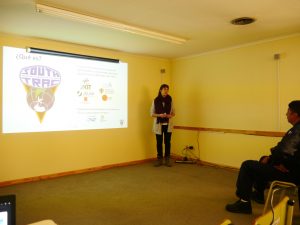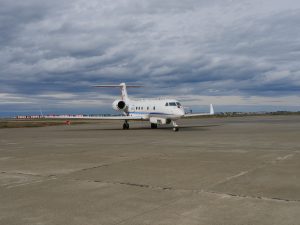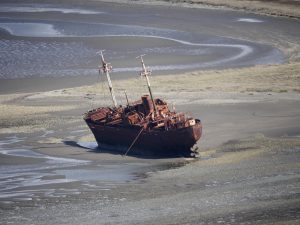Hi everybody! Long time without posting, since the WISE campaign back in 2017.
This year I joined the second phase of SouthTRAC and I am mainly helping with the ground control of the GLORIA instrument. This means monitor from ground what GLORIA is doing during the flights and write down any relevant information about its performance and the meteorological situation.
However, I won’t continue talking about my work here, but about some of the social activities in which we have participated. These activities are important because we can communicate what we are doing here and why (as Markus explained in his first post Welcome to the SouthTRAC campaign).
One event was the so called The Armada day. As you know, we are in the naval air base at Rio Grande and that day we gave a presentation to all the personal working here about the main goals of SouthTRAC, a quick overview about the instruments, and of course, they could also have a closer look to HALO. People were very curious about our work here and it was a very positive experience to explain all about it.

Presentation Armada Day. Picture by Jens-Uwe Grooss, Forschungszentrum Juelich
The second activity of this phase was the visit of HALO to Punta Arenas, Chile. There, some of our colleagues met with scientists of different Chilean institutes that cooperate in SouthTRAC and also gave an interview to the local newspapers.
Other event was an interview in Spanish in the radio of the National University of Tierra del Fuego, Antarctica and Islands of the southern Atlantic (UNTDF for its initials in Spanish). The program is mainly about astrophysics but they also include topics related to the atmosphere. For the program of last Wednesday, Dr. Tomás Rafael Bolaño Ortiz and I were invited. Tomás is a researcher at the National Scientific and Technical Research Council in Argentina (CONICET for its initials in Spanish), who is also cooperating in the campaign. His research consists in evaluating the atmospheric aerosols effect on the snow melting in the Central Andes. During the program we had a lot of fun learning about the life of Tycho Brahe and talking about our work.
Hope you enjoyed this post, another one coming very soon!






Recent Comments